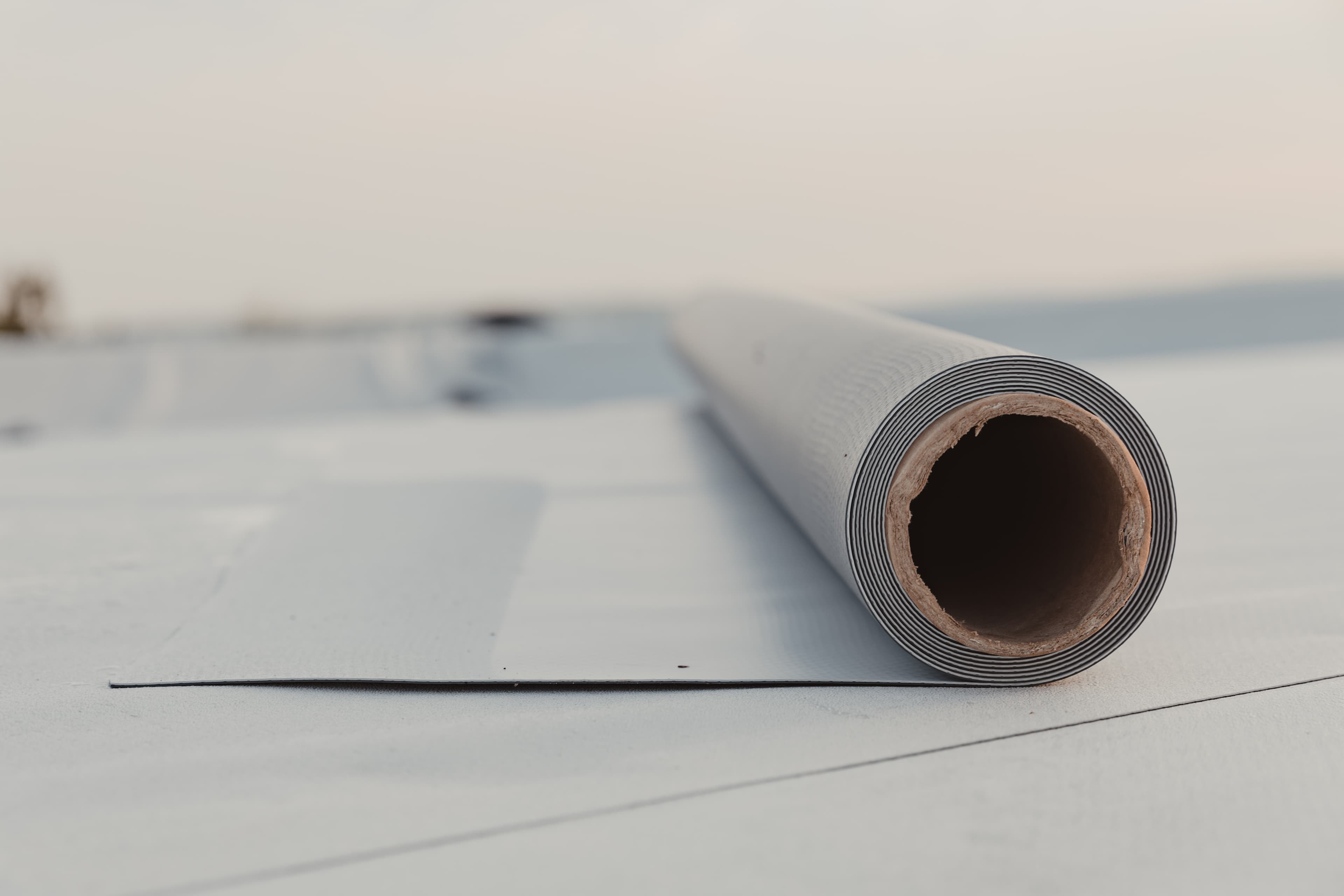Global EPDM market snapshot

Navigating global shifts and innovation
The global ethylene propylene diene monomer (EPDM) market continues to evolve in 2025, with consumption expected to reach approximately 1.8 million tons. This versatile synthetic rubber, known for its excellent weather resistance, temperature flexibility, and durability, remains a critical material across automotive, construction, and industrial applications.
Market Landscape Shifts
The EPDM industry is witnessing a notable geographic power shift. While North America and Western Europe historically dominated production, Saudi Arabian manufacturers have emerged as surprising winners from China's anti-dumping duties. Middle East exports to China have surged dramatically, filling the gap left by American and European suppliers who face duties exceeding 200 percent and 14 percent respectively.
Operating rates are climbing to their highest levels since 2017, expected to reach nearly 80 percent in 2025, as consumption growth outpaces capacity addition. This tightening supply-demand balance follows several significant plant closures, including facilities operated by ARLANXEO, SK Global, ExxonMobil, and Sumitomo between 2020 and 2023.
Automotive Evolution Driving Innovation
The automotive sector remains EPDM's primary demand driver, but the nature of this relationship is evolving rapidly. Electric vehicle adoption is spurring innovative applications, with companies developing specialized EPDM formulations for battery safety and performance. Hutchinson's fire-resistant EPDM rubber for EV batteries and Continental's air spring compounds that reduce CO₂ emissions by up to 50 percent exemplify this trend.
Weight reduction has become a critical focus, with manufacturers developing new EPDM formulations for closed-cell sponge products in vehicle door weather strips that offer significant weight savings. This lightweighting trend could potentially impact overall EPDM volume demand while increasing its value proposition.
EPDM Demand by End-Use

Sustainability Takes Centre Stage
Environmental considerations are increasingly influencing the EPDM landscape. ARLANXEO has pioneered "bio-EPDM" production in Brazil using sugar cane-based ethylene, while Dow introduced bio-based NORDEL™ REN EPDM in 2024, produced through an ISCC PLUS certified mass balance system.
In Washington state, Prism is exploring sustainable elastomer solutions with devulcanized EPDM rubber engineered to deliver strong performance even with high recycled content, offering cost advantages over virgin materials without compromising quality.
Toyota Gosei is also expanding its EPDM recycling capabilities in Japan, to 1 200 tons annually, with the recycled rubber intended to be used in weatherstrips and other products made from the same synthetic rubber.
Climate Adaptation Creating New Markets
Increasingly erratic weather patterns are driving global infrastructure investment in urban water management, creating growing demand for EPDM membranes. China's "Sponge City" initiative, which aims to make cities capable of capturing and reusing rainwater, represents a significant opportunity. By 2030, 80 percent of Chinese cities are expected to absorb at least 70 percent of their rainwater, requiring substantial quantities of EPDM for storage basins and water management systems.
Trade Tensions Reshaping Supply Chains
The implementation of new U.S. tariffs is sending shockwaves through global EPDM supply chains. Major automakers report billions in losses from these measures, with Ford citing US$2 billion in costs in just the first half of 2025. The 50% tariffs on steel and aluminium imports are particularly concerning for both construction and automotive applications.
These trade barriers are accelerating regionalization of supply chains, with producers increasingly focused on serving local markets rather than pursuing global export strategies. This shift may drive more localized capacity investments over time, particularly in growing markets like India.
Looking Forward
Despite near-term challenges from trade tensions and economic uncertainty, the EPDM market is positioned for steady growth, with consumption expected to increase at around 3.2 percent annually through 2030. The industry's ability to innovate for emerging applications, particularly in electric vehicles and climate adaptation infrastructure, suggests EPDM will remain a critical material in the global rubber market.
As sustainability pressures mount, producers who can deliver bio-based alternatives and support circular economy initiatives will likely gain competitive advantage in this evolving landscape. Meanwhile, the continued eastward shift in both production and consumption points to Asia's growing influence in determining the future direction of the global EPDM industry.
Find out more…
Market Analytics: Ethylene Propylene Diene Monomer (EPDM) - 2025
Market Analytics: Ethylene Propylene Diene Monomer - 2025 provides an analysis of the global ethylene propylene diene monomer (EPDM) with forecasts to 2050. This analysis will identify the issues shaping the industry as well as provide demand, supply and net trade data for 40 countries.
EPDM is a commodity elastomer produced from ethylene, propylene and a termonomer such as dicyclopentadiene (DCDP), ethylidene norbornene (ENB) or vinyl norbornene (VNB), which are also produced in steam crackers. EPDM is rarely used alone. Rather, this material is usually used in conjunction with a host of other additives that are designed to improve specific properties, reduce cost and improve processability.
About Us - FGE NexantECA is the leading advisor to the energy, refining, and chemical industries. Our clientele ranges from major oil and chemical companies, governments, investors, and financial institutions to regulators, development agencies, and law firms. Using a combination of business and technical expertise, with deep and broad understanding of markets, technologies, and economics, FGE NexantECA provides solutions that our clients have relied upon for over 50 years.
Contact our team of industry experts